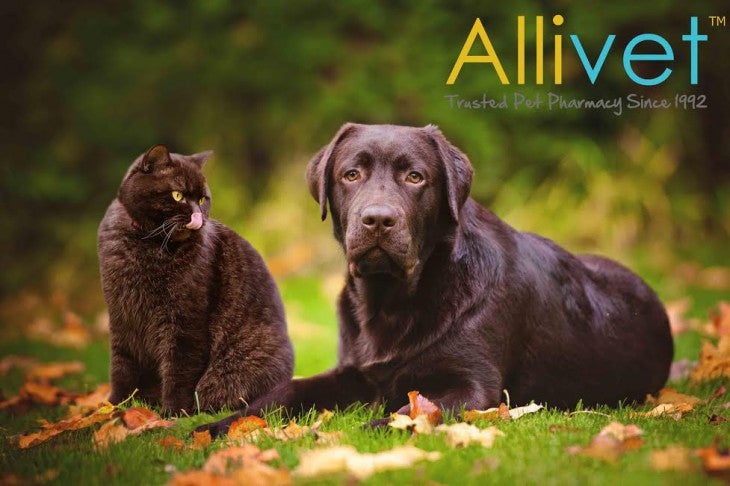Animal abuse is a very unfortunate reality here in the United States and the entire world. Rural and urban areas both show reports for hundreds of cases animal abuse and this is just the surface of the problem. No doubt there are numerous other cases that go unreported with the most common victims being horses, dogs, birds, cats, and livestock. In a place where humans can’t treat each other right it comes as no surprise that pets too are caught in our whirlwind of anguish.
Why do people abuse animals?
The exact reasons for animal cruelty differs from case to case but primarily there are nine reasons people abuse animals. To control an animal, to shock people for amusement, to retaliate against an animal, to retaliate against another person, to take out anger on a pet, to enhance one’s own aggressiveness, to satisfy a prejudice against another person, to take our hostility from a person to an animal, and for sadist reasons. Peoples past and present environment certainly influence why they may mistreat animals but ultimately the choice is their own.
What are some examples of abuse?
There have been 15,844 recorded acts of violence against animals since 2000 including beating, shooting, drowning, mutilation, burning with caustic substances, choking, fighting, kicking and stomping, poisoning, stabbing, abandonment and sadly many more not listed here. Unintentional animal cruelty include neglect including chaining for long periods, not bathing the animal, leaving the animal alone for long periods, and confining the animal to small spaces. Animal hoarding is a huge issue in America; animal hoarding is keeping a higher-than-usual number of animals without properly housing or caring for them. Puppy mills are commercial dog-breeding facilities that operate with an emphasis of profit over the welfare of the dogs bred. Substandard conditions are often the norm including unsanitary conditions, no veterinary care, without adequate care, food, water or socialization. To assist in waste cleanup dogs are kept in cages with wire-mesh flooring that injures their paws and legs. Many sorts of animals are also subject to these types of operations. There are an estimated 4,000 puppy mills in the United States.
How to recognize animal cruelty
Although animal cruelty is a widespread problem, there are still ways to help prevent animal cruelty. Recognizing animal cruelty can be the first step to helping save an animal. Here are some signs and symptoms to be attentive of: Tick or flea infestations which if left untreated can kill an animal, wounds on the body, animals that cower in fear or are aggressive when approached by their owners, dogs that are kept outside without shelter in poor weather conditions, dogs who are repeatedly left alone with no food or water and are often chained in a yard, animals with patches of missing hair, very thin and starving animals, animals that limp, and an owner that strikes and physically abuses an animal. It helps to be aware of the animals in your neighborhood for instance if a dog is chained up for a long period of time in a yard.
What to do when you see animal cruelty and how to prevent
First thing to do is to know who to call to report animal cruelty. Every state and every town are different. In some areas, you contact the police department and in others you may have to contact animal control or a different municipal agency. The most important thing, of course, is to make the call, without a call from a concerned citizen no one would find out about the animal abuse. The reports of animal abuse come from the public, this is why it’s important to keep your eyes and ears open to anything you might see. It is also imperative that you include as much information as possible when reporting animal cruelty, things such as date, location, who was involved, and type of cruelty. It is okay to contact your local law enforcement to report animal cruelty as animal cruelty is a crime and the police must investigate these offenses. Fight for the passage of anti-cruelty laws on federal, state, and local levels. Talk to your kids on treating animals with love and respect and set a good example for others. Supporting your local animal shelter goes a long way in making a difference as well. You may also want to start a neighborhood watch program to keep an eye out for any abuse or neglect of pets, mistreatment of local wildlife, dogs left in hot cars and other forms of abuse.
Animal abuse is a complex issue and many environmental factors of how people are raised and taught contribute to their propensity towards mistreating animals. Pets have been proven to have the higher intelligence than they are generally given credit for, Dogs have a high social IQ and are able to remember up to 250 words while cats have high cognitive abilities and are able to solve complex problems. Researchers and scientists claim that pets such as cats, birds, and dogs have an intelligence capacity comparable to a 2-year-old human. Yet despite this, pets are treated as though they are property, as though they were biological robots incapable of experiencing emotions. Would people treat a 2-year-old child the same way they mistreat their pets? A pet much like a child relies on their guardians to take care of them, people must be aware of the guardianship they hold over their pets. In most places, it is socially unacceptable to harm pets but this value is not a universal paradigm even in this day and age. Together hopefully we can help stave off the mistreatment of animals through recognizing the signs of abuse pets and promoting the well-being and rights of animals in society.





